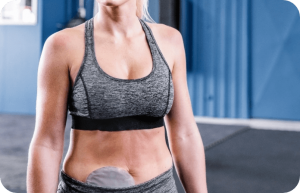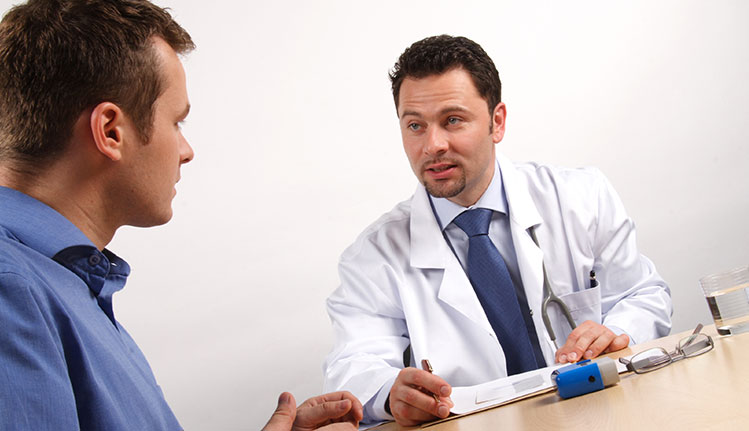Once your healthcare specialist has determined the cause for your child’s bladder problem, there are various treatment options available. Antibiotics may be used to treat urinary tract infections (UTI’s) or simple changes in lifestyle or diet may help with an overactive bladder disorder. Medicinal therapies will be used if conservative methods have been tested for a length of time and have failed to work. Surgery will rarely be considered unless it becomes absolutely necessary and is impacting severely on the child’s quality of life.
Conservative Treatments
Bladder Diary/Retraining For Toilet Avoidance
Some children develop an aversion to the toilet and will hold on for as long as possible. This can cause daytime and night-time wetting and UTI’s. Recording your child’s bladder habits may help establish whether your child has developed any issues with toileting. For very young children you could use the diary to track and reward good toileting behaviour.
Bladder retraining is also a simple and effective method used to treat overactive bladder disorder. By charting your child’s daily pattern, you can work to increase the length of time between he/she is emptying the bladder by resisting the urge.
Lifestyle, Fluids and Diet
Bladder frequency and urgency symptoms in children can be alleviated by ensuring that your child is eating a healthy and varied diet, which includes lots of fibre to avoid constipation and drinking plenty of fluids throughout the day to remain hydrated and avoid infections.
It is also advised to limit the amount of fizzy drinks consumed by your child as these can further irritate the bladder. Find out more about lifestyle, fluids and diet.
Medicinal
If conservative methods have failed to improve your child’s bladder continence then you may be prescribed an antispasmodic medication. These are generally used to treat urgency or frequency issues. Your GP or specialist will be able to prescribe a treatment that is suitable for children.
Antispasmodic Medications
These medicines help to prevent spasms of the bladder muscle; they belong to a group of medicines known as antimuscarinic or anticholinergic drugs. Below is a list of some medications that may be prescribed and links to more information.
- Darifenacin Hydrobromide
- Fesoterodine Fumarate
- Oxybutynin
- Oxybutynin Transdermal Patch
- Solifenacin Succonate
- Tolterodine
- Trospium Chloride
Surgical
Surgical treatment for bladder problems are not very common and this will only be offered as a very last resort if your specialist feels that the child’s quality of life is significantly affected. Sacral nerve Stimulation is a treatment that has been used successfully in adults and some children are now being offered the treatment too.
Sacral Nerve Stimulation
Sacral Nerve Stimulation or Sacral Neuromodulation (SNM) is a device that is implanted under the skin in the upper buttock. It helps by correcting the messages that run along our nerve pathways. SNM is performed in two stages, first you will undergo an evaluation, and then, depending on your results you will be offered the implant.
Further information and downloads can be found in the help and information section. Living with a bladder condition can affect you and your child emotionally and socially; sometimes it can help to speak to others who understand your situation. The Bladder & Bowel Community Forum is available 24 hours today and will allow you to connect with those who share your child’s condition. Start your own topic today or just follow one that interests you.









